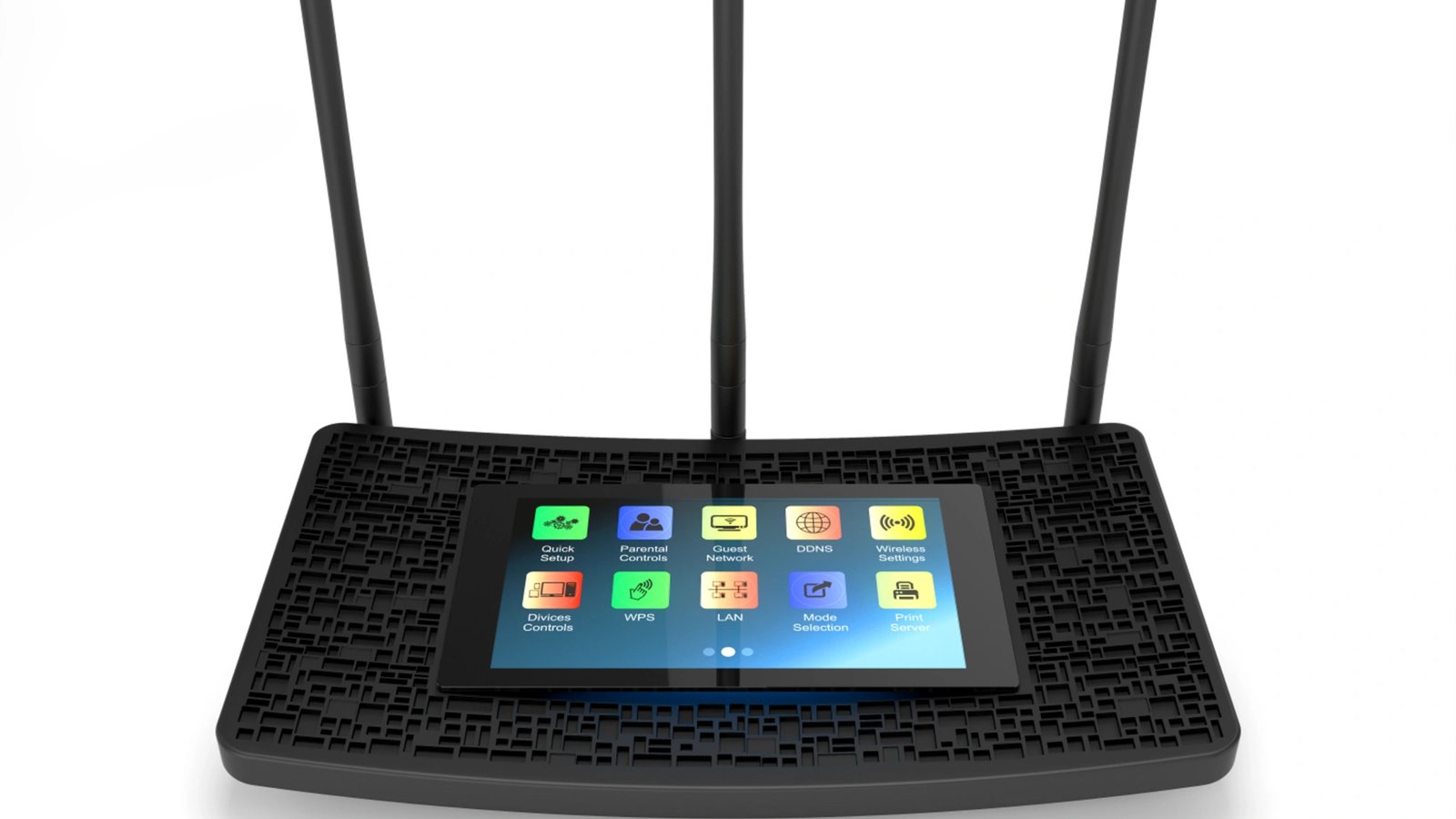In today’s hyper-connected digital landscape, cyber threats are evolving at an unprecedented pace. Enterprises face sophisticated attacks that can cripple operations, steal sensitive data, and damage reputations. To stay ahead, organizations must leverage Threat Intelligence Feeds at the Customer Premises Equipment (CPE) level—a proactive approach that enhances security posture while minimizing risks.
But what exactly does this mean, and why should enterprises care?
This article explores the enterprise benefits of integrating threat intelligence feeds at the CPE level, how it strengthens cybersecurity defenses, and why it’s a game-changer for modern businesses.
Why Threat Intelligence Feeds Matter at the CPE Level
Customer Premises Equipment (CPE) refers to devices like routers, firewalls, and modems located at the user’s site rather than the service provider’s facility. By embedding threat intelligence feeds directly into CPE, enterprises gain real-time insights into malicious activities, allowing them to block threats before they infiltrate the network.
Unlike traditional security measures that rely on periodic updates, CPE-level threat intelligence operates dynamically, analyzing and responding to threats as they emerge.
Key Benefits of CPE-Level Threat Intelligence
- Real-Time Threat Detection & Prevention
- Threat intelligence feeds provide up-to-the-minute data on emerging threats, including malware, phishing attempts, and zero-day exploits.
- By integrating these feeds at the CPE level, enterprises can block malicious traffic before it enters the network, reducing the attack surface.
- Reduced Latency in Threat Response
- Traditional cloud-based threat intelligence solutions may introduce delays due to data transfer times.
- CPE-level intelligence processes data locally, enabling near-instantaneous threat mitigation.
- Enhanced Network Performance
- By filtering out malicious traffic at the edge, enterprises reduce unnecessary bandwidth consumption.
- This leads to faster, more efficient network performance, improving overall productivity.
- Compliance & Regulatory Advantages
- Many industries (finance, healthcare, government) require stringent data protection measures.
- CPE-level threat intelligence helps meet compliance standards like GDPR, HIPAA, and PCI-DSS by ensuring real-time threat monitoring.
- Cost-Effective Security Scaling
- Instead of relying solely on expensive cloud-based security solutions, CPE-level intelligence distributes the workload.
- Enterprises can optimize security budgets while maintaining robust protection.
How CPE-Level Threat Intelligence Works
To understand its impact, let’s break down the process:
- Data Collection
- Threat intelligence feeds aggregate data from multiple sources, including:
- Open-source intelligence (OSINT)
- Commercial threat feeds
- Internal security logs
- Threat intelligence feeds aggregate data from multiple sources, including:
- Local Processing at the CPE
- Instead of sending all data to a centralized cloud server, the CPE device analyzes traffic locally.
- This reduces dependency on external servers and speeds up threat detection.
- Automated Threat Blocking
- When a known malicious IP or signature is detected, the CPE device immediately blocks the request.
- Some advanced systems even use machine learning to predict and prevent zero-day attacks.
- Continuous Updates
- Threat intelligence feeds are constantly updated, ensuring CPE devices have the latest threat signatures.
Enterprise Use Cases: Where CPE-Level Threat Intelligence Shines
1. Financial Institutions
Banks and fintech companies are prime targets for cybercriminals. By deploying CPE-level threat intelligence, they can:
- Prevent fraudulent transactions from malicious actors.
- Stop DDoS attacks before they disrupt online banking services.
2. Healthcare Organizations
Patient data is highly valuable on the dark web. CPE-level intelligence helps:
- Block ransomware attacks targeting electronic health records (EHRs).
- Ensure compliance with HIPAA’s strict data protection rules.
3. E-Commerce & Retail
Online retailers face constant threats like payment skimming and credential stuffing. CPE-level security:
- Detects and blocks carding attacks in real time.
- Protects customer data from breaches.
4. Government & Defense
National security agencies require ultra-secure networks. CPE-level intelligence:
- Prevents state-sponsored cyber espionage.
- Ensures secure communication channels.
Challenges & Considerations
While CPE-level threat intelligence offers immense benefits, enterprises must address:
- Hardware Limitations – Older CPE devices may lack processing power for real-time analysis.
- Integration Complexity – Ensuring compatibility with existing security tools is crucial.
- False Positives – Overly aggressive blocking can disrupt legitimate traffic.
Solution: Partner with managed security service providers (MSSPs) to implement optimized, AI-driven CPE security solutions.
Future of CPE-Level Threat Intelligence
As cyber threats grow more sophisticated, AI and machine learning will play a bigger role in CPE security. Future advancements may include:
- Predictive threat modeling – Anticipating attacks before they happen.
- Behavioral analytics – Detecting anomalies based on user activity.
- 5G integration – Faster threat intelligence processing at the edge.
Enterprises that adopt CPE-level threat intelligence today will be better prepared for tomorrow’s cyber battleground.
Conclusion
Integrating threat intelligence feeds at the CPE level is no longer optional—it’s a necessity for enterprises serious about cybersecurity. With benefits like real-time threat blocking, reduced latency, cost efficiency, and compliance adherence, this approach provides a proactive defense mechanism against evolving cyber risks.
By leveraging CPE-level intelligence, businesses can stay one step ahead of attackers, ensuring operational resilience and long-term security.
